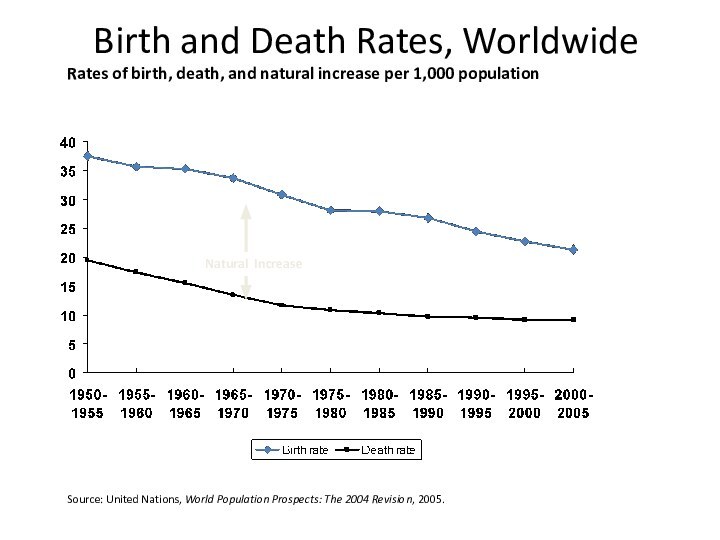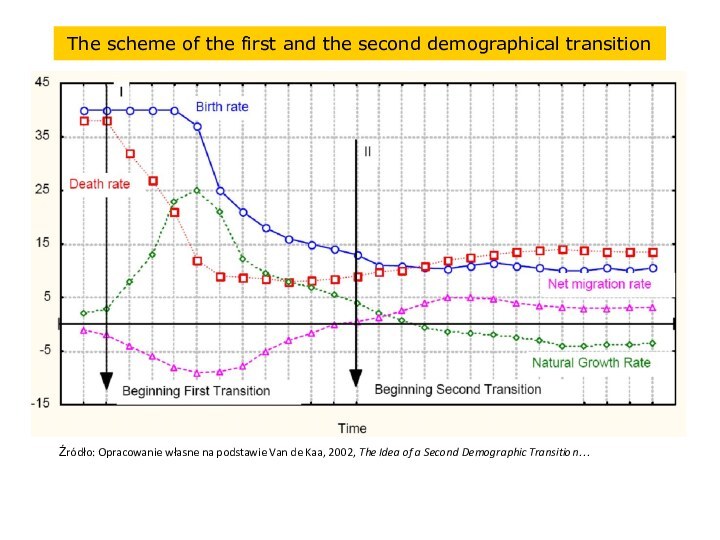1,000 population
Natural Increase
Source: United Nations, World Population Prospects: The
2004 Revision, 2005.Birth and Death Rates, Worldwide
FindSlide.org - это сайт презентаций, докладов, шаблонов в формате PowerPoint.
Email: Нажмите что бы посмотреть





























































Birth and Death Rates, Worldwide